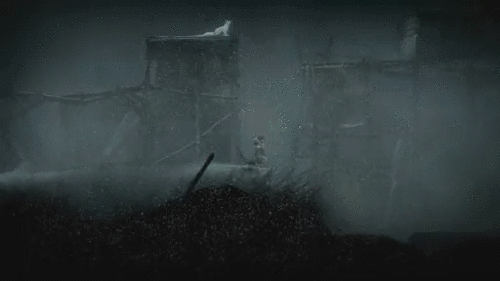In a recent design brainstorming session, we were building a list of ideas for what we wanted to add to our game project. There was a milestone deadline looming and it was clear that some of the ideas we wrote down were quite complex and risky (read: gimmicky). These ideas did not meaningfully affect what players were experiencing from moment to moment. The features were one-offs that required more work to build than the value they would add for the players. This realization led us to spawn a phrase that really stuck: Core Before More.
This is the idea that you want to first nail down the core gameplay experience. Start by asking yourself: What are players doing in the game most of the time? Is that fun yet? If the answer is no, then iterate on it until it feels right before you start adding more features. Building more on top of core gameplay before it is solid is like trying to build a house on top of wet cement – in the best case, the house will always feel a little off if it manages to stand up at all.
The “feel” of what the player is doing the most is critical to the reception and enjoyment of the game. As it turns out when you build a solid foundation first, development is more enjoyable from the start and you are more likely to keep going when things get tough. Otherwise, you will be chasing the core for the duration of the project. This will certainly lead to time lost (aka money lost) and possibly missed deadlines due to rework. Be efficient: Spend your time in the right place early on by avoiding preemptive feature creep.
Examples
In a side-scrolling platformer like Never Alone, the player’s main agency is in how they navigate the world. Avatar movement (running, jumping) is where most of the time is spent interacting in the game. This starts with input handling all the way to how the player avatar animates and moves on-screen. It’s a closed-loop system.
Imagine spending a week of time building world geometry before you have avatar jump heights figured out. You may find that you end up with a bunch of ledges that the player can’t reach, or they jump right over barriers you designed. This will require a rework of that geometry and possibly art as a result. Depending on your game, that could end up creating a substantial amount of work.
Consider building a grey-box level (highly simplified, minimal art) that is easy to manipulate which allows you a playground to work out these movement mechanics first. Core Before More.

How about a racing game? Players are likely to spend most of their time driving cars or trucks around in the environment. That has to feel smooth as butter. If you start working on the “revolutionary car customization system the world has never seen!!!”, rather than making sure the vehicles feel amazing and fluid then players are not going to care about how great the customization is.
Action Items
- Identify the core – What is the player doing most of the time?
- Cut out extraneous features. Write them down for later.
- Iterate until it feels right, then let that momentum carry you forward.
Resist the temptation to jump ahead to the extraneous features because they are “cool” or “never been done before” and make sure to focus on the 99% of the play experience first. Your players will thank you.



